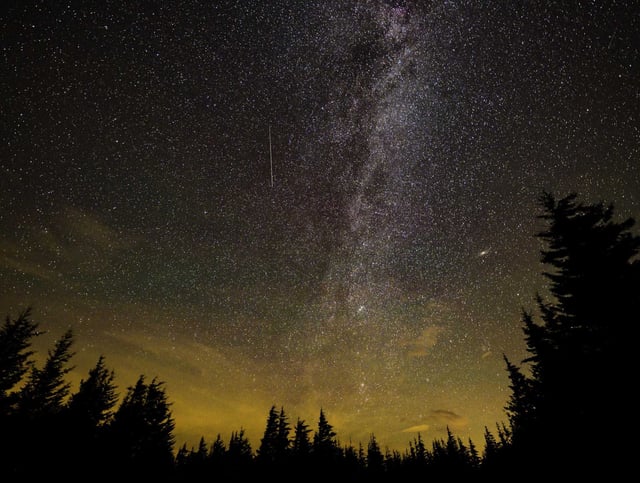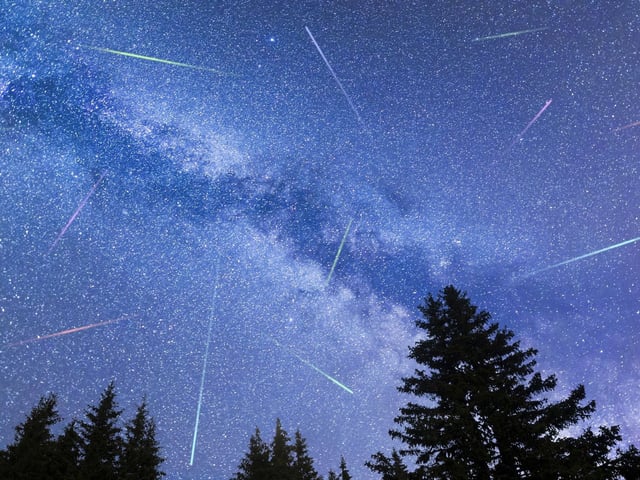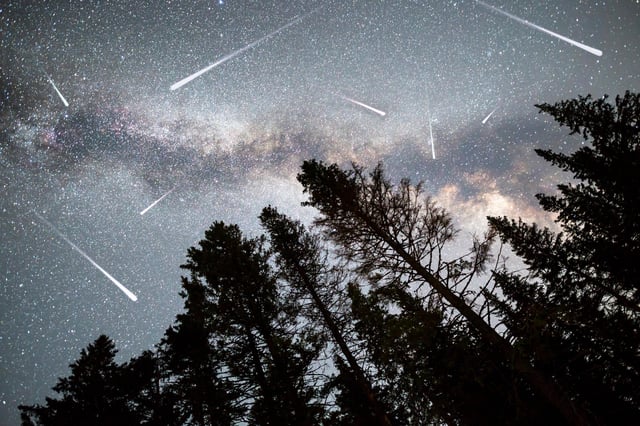Overview
- A waning gibbous moon rising before midnight will wash out fainter meteors, reducing sightings to around 10–20 per hour.
- Under moonlit conditions and at dark-sky sites, observers can still catch up to 50–100 of the brightest meteors and vivid fireballs.
- Experts from NASA, the American Meteor Society and the Weather Channel recommend watching from 10 p.m. ET to dawn in rural locations with clear views toward the Perseus constellation.
- Astrophysicist Gianluca Masi’s Virtual Telescope Project will offer a live feed for remote coverage of the shower.
- The Perseid display will remain active through August 23, giving additional chances to observe the meteor stream.


